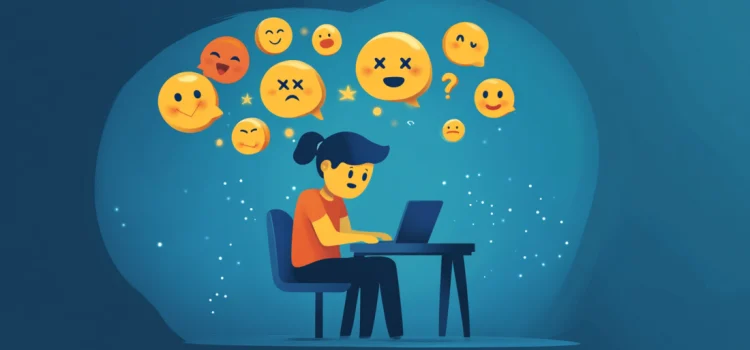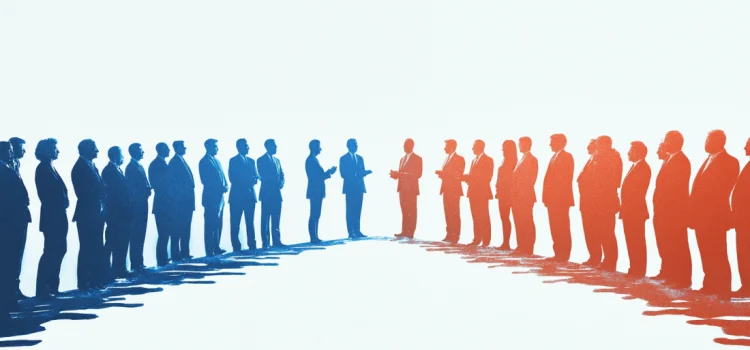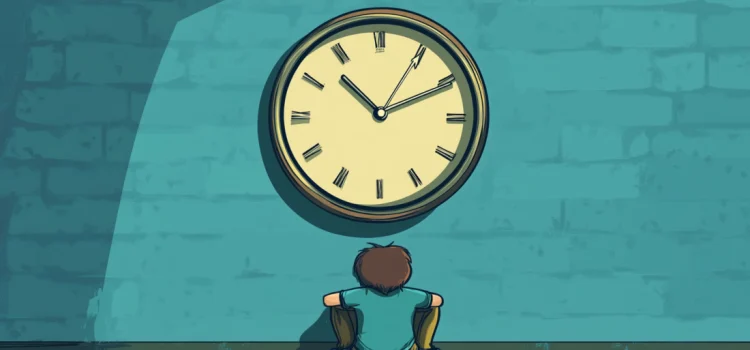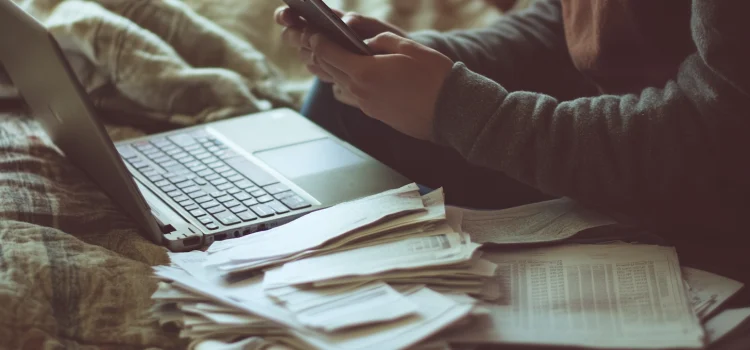What is an operational framework? What are ways to get your employees on the same page about customer experience? To create a quality mindset as a manager, you need to create operational frameworks for your company. A framework is essentially a detailed plan that every employee should follow to meet the same goals. Continue reading for an overview of an operational framework’s purpose in a business.
What Is an Operational Framework and What Are the Benefits?










